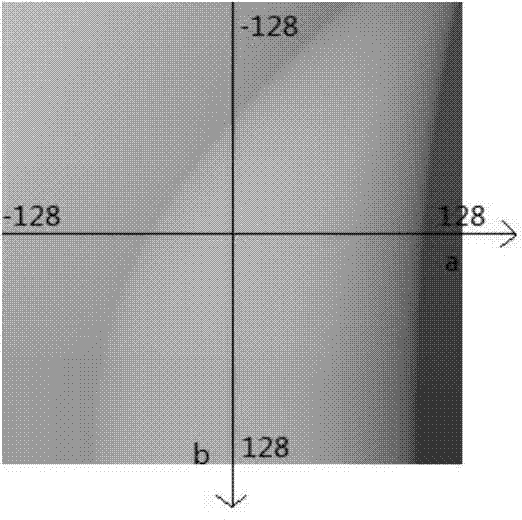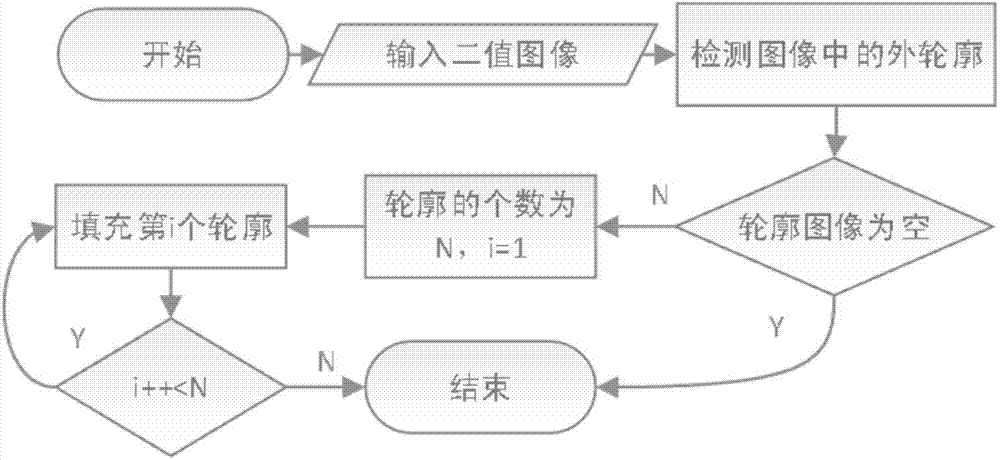Rapid traffic light detection algorithm applied to pilotless automobile
A technology for unmanned vehicles and detection algorithms, applied in computing, computer parts, instruments, etc., can solve the problems of high virtual scene rate, high algorithm complexity, long processing time, etc., to reduce the detection range and improve the detection accuracy. , the effect of accurate judgment
- Summary
- Abstract
- Description
- Claims
- Application Information
AI Technical Summary
Problems solved by technology
Method used
Image
Examples
Embodiment Construction
[0041] Hereinafter, the preferred embodiments of the present invention will be described in detail with reference to the accompanying drawings; it should be understood that the preferred embodiments are only for illustrating the present invention, not for limiting the protection scope of the present invention.
[0042] A fast detection algorithm for traffic lights applied to driverless cars, including the following steps:
[0043] S1. Select red and green candidate regions according to the values of each channel of each frame of image collected, and the candidate regions include several connected domains;
[0044] S2. Predict the position of the traffic light area in the current frame image according to the position of the traffic light area in the previous frame image and the data of the sensor, and combine the height range of the traffic light to form a prediction area;
[0045] S3. Identify the shape and color of the connected domain in the current frame image. When a connected do...
PUM
 Login to View More
Login to View More Abstract
Description
Claims
Application Information
 Login to View More
Login to View More - R&D
- Intellectual Property
- Life Sciences
- Materials
- Tech Scout
- Unparalleled Data Quality
- Higher Quality Content
- 60% Fewer Hallucinations
Browse by: Latest US Patents, China's latest patents, Technical Efficacy Thesaurus, Application Domain, Technology Topic, Popular Technical Reports.
© 2025 PatSnap. All rights reserved.Legal|Privacy policy|Modern Slavery Act Transparency Statement|Sitemap|About US| Contact US: help@patsnap.com



